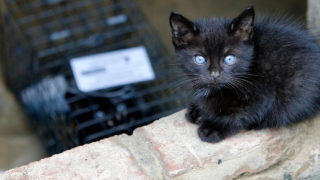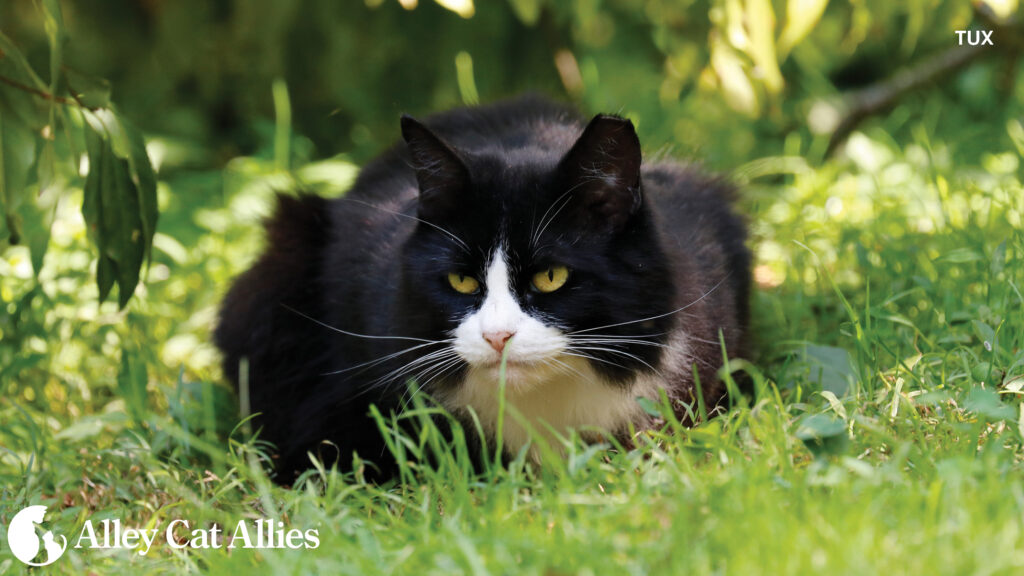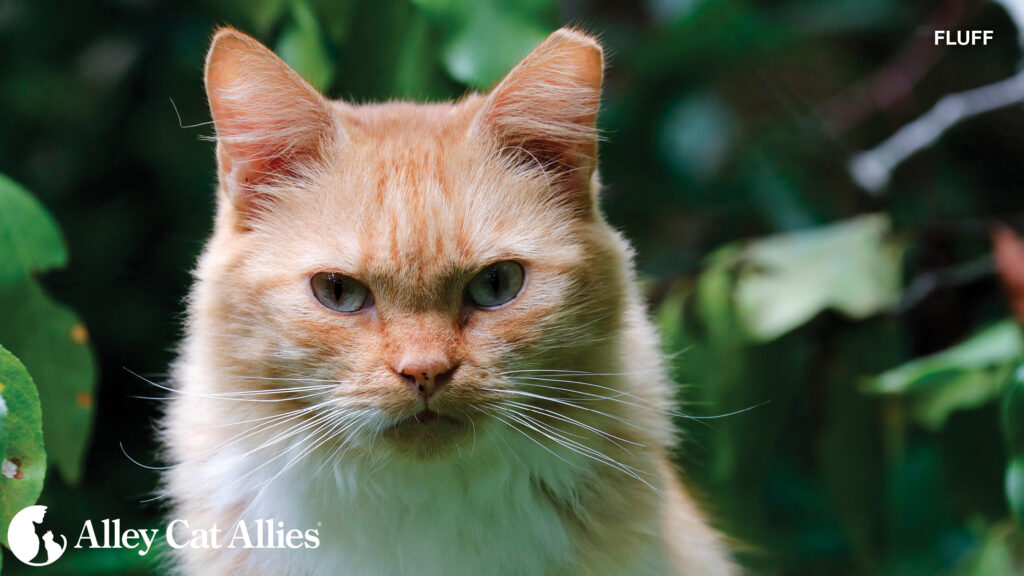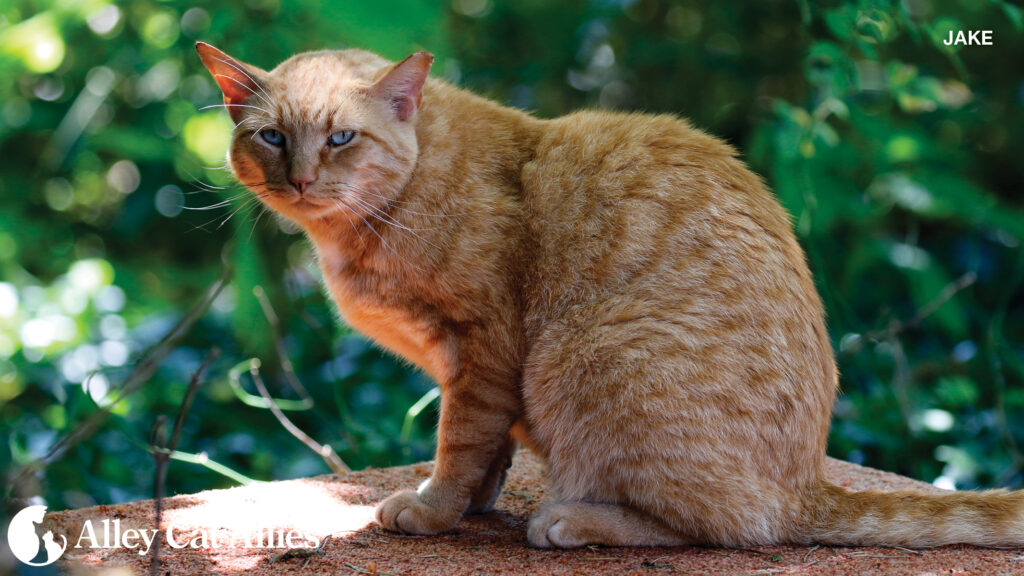In the next days, much of the U.S. is forecast to face extreme weather—including heat in the triple digits and severe storms—as summer kicks off. In light of this, Alley Cat Allies is sharing information and resources on how to keep indoor cats and community cats cool and safe.
Community cats are adapted to living outdoors in all kinds of weather conditions and climates. They know instinctively how to find shade in the heat and higher ground and shelter during storms. However, there are ways caregivers can provide a helping hand in extreme weather scenarios.
How to Help Outdoor Cats Stay Cool in Extreme Heat
1. Build or buy outdoor shelters for cats
Community cats will naturally seek out shaded areas, like under bushes and porches, during heat waves. However, an outdoor shelter built specifically for them is a great way to help. Alley Cat Allies has examples of options for inexpensive outdoor shelters to purchase and easy DIY outdoor shelters for cats in our shelter gallery.
2. Provide cooling items for cats
Freeze bottles of water and nestle them under straw or other bedding in the cats’ outdoor shelters. Replace the bottles throughout the day. You can also consider providing a cooling mat designed for animals beneath the bedding.
3. Give cats extra water
Hydration is key during extreme hot weather events, and it is one of the top ways to help community cats stay cool. Leave out plenty of fresh water sources and top them off throughout the day. To make the water last, try:
- Using deep water bowls
- Placing cat water bowls in the shade
- Freezing the water in the bowls before setting them out. Make sure to cycle them out so as one bowl melts, the cats have access to drinkable water
4. Feed community cats wet food
Wet food provides hydration and nutrition for community cats. Watch wet food extra carefully and set it in places without a lot of bug activity.
Find more information about hot weather care for outdoor cats with our summer weather tips.
How to Help Community Cats During Severe Weather
Cats have incredible instincts during disaster situations and know how to survive. So rather than evacuate with community cats—which is not feasible—take the following steps if extreme storms hit your area:
1. Record information about community cats
Prepare pictures, pull together any medical records and microchip numbers, and note the number of cats in the colony. Once the storm has passed, you can use these records to track each cat. Keep in mind it may take cats some time to emerge after an extreme weather event!
2. Prepare cats’ outdoor homes
Turn the openings for outdoor cat shelters and feeding stations away from the storm surge. Move shelters onto higher, more protected ground or elevate them on wooden pallets. You can also consider securing shelters to sturdy, grounded objects like trees, porches, houses, etc.
3. Prepare if you have to evacuate or are not home and cannot provide care
Leave bowls of dry food in covered, secured feeding stations or outdoor shelters. Have contact with neighbors who are prepared to be a backup caregiver and provide food and water to community cats in the event of your absence. Create a plan with them ahead of time!
Find more disaster preparedness tips, including what to do if you have to evacuate with your indoor cats, on our Disaster Preparedness page.
How to Help Indoor Cats Stay Cool
1. Close blinds and drapes during sunlight hours
Closing the curtains, blinds, or shutters on your windows during the day will reduce the temperature inside your home by a huge degree! You can also consider putting up UV-blocking sheets or film on your windows to keep your home cool and save energy, which is critical to prevent brownouts.
2. Try not to open the door
Opening doors and windows at peak daylight will only let even more heat in and tax your air conditioning system. As much as possible, keep your doors shut during the day.
3. Turn off electronics when not in use
Turn the lights off in any room you are not in and turn devices you are not using off completely. Try not to run dryers or ovens during peak temperature hours.
4. Ensure cats always have access to water
Never let cats’ water bowls go dry! To help them stay cooler, you can consider adding ice to their bowl (if it will not deter them) or keeping water partially frozen.
5. Feed cats wet food
Wet food is a great way to keep cats extra hydrated.
6. Consider cat cooling pads
You can order these pads online or find them at pet shops! Set them down in cat beds and in areas where cats like to nap. Cover them with a sheet or slide them into the liner of the cat bed.





